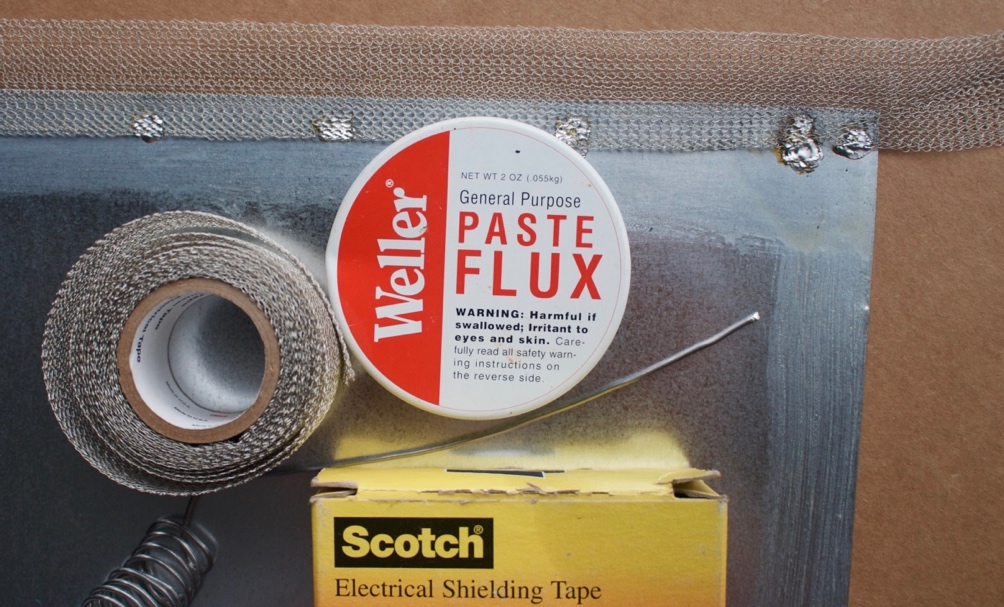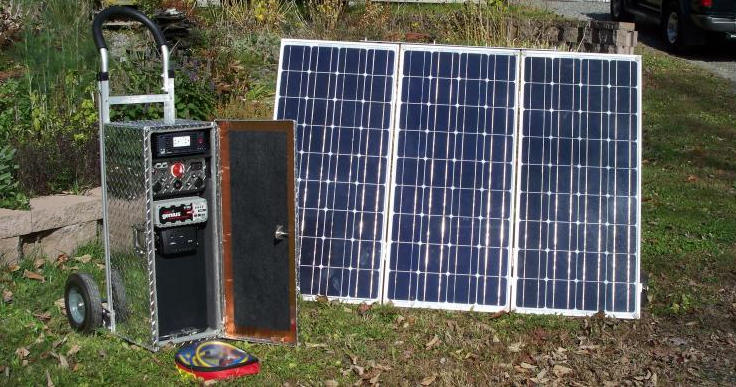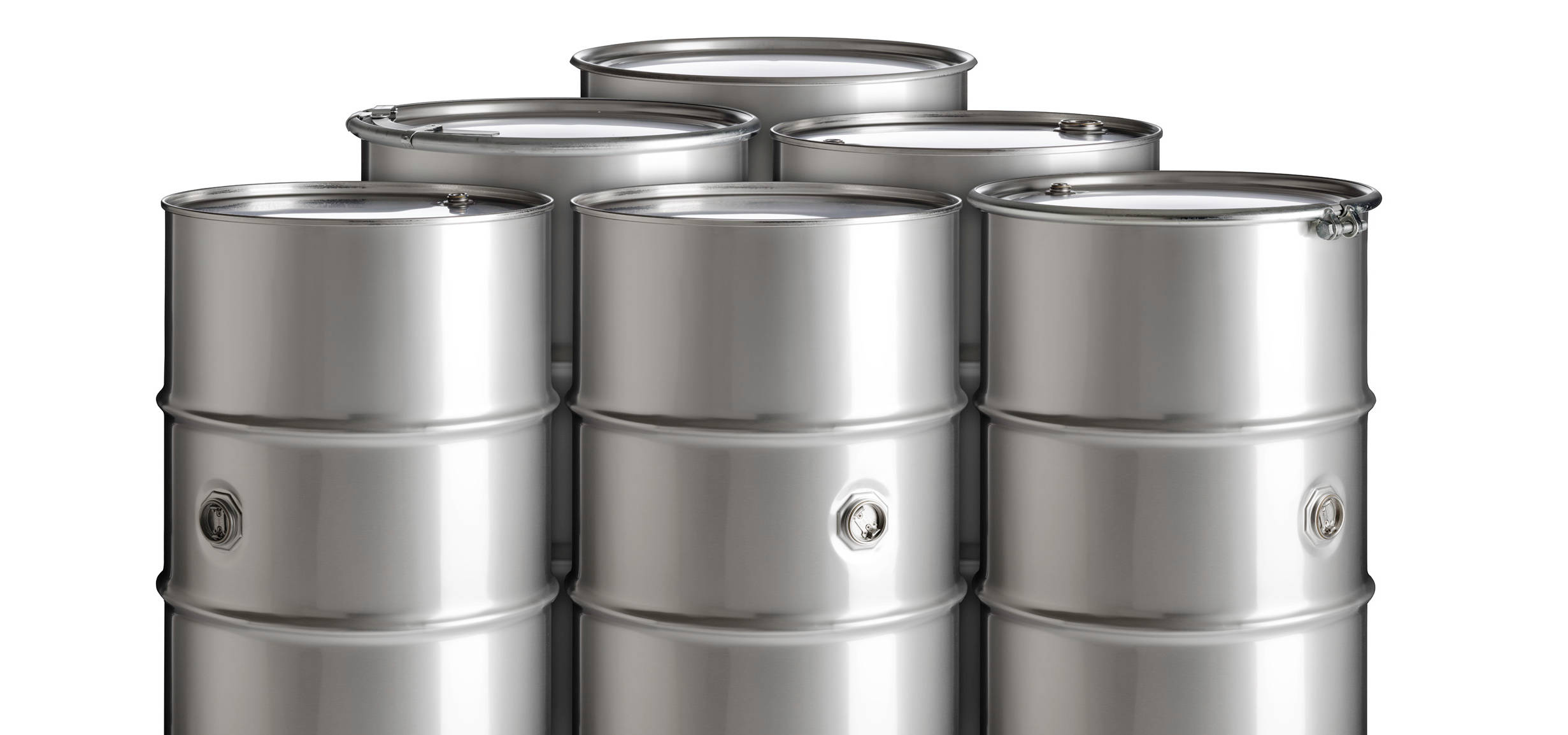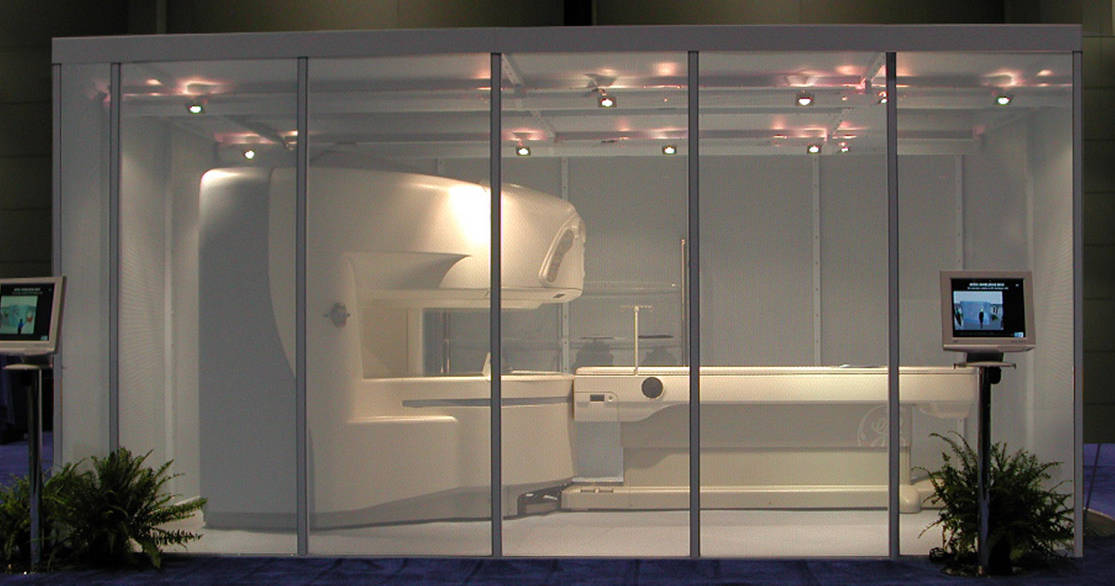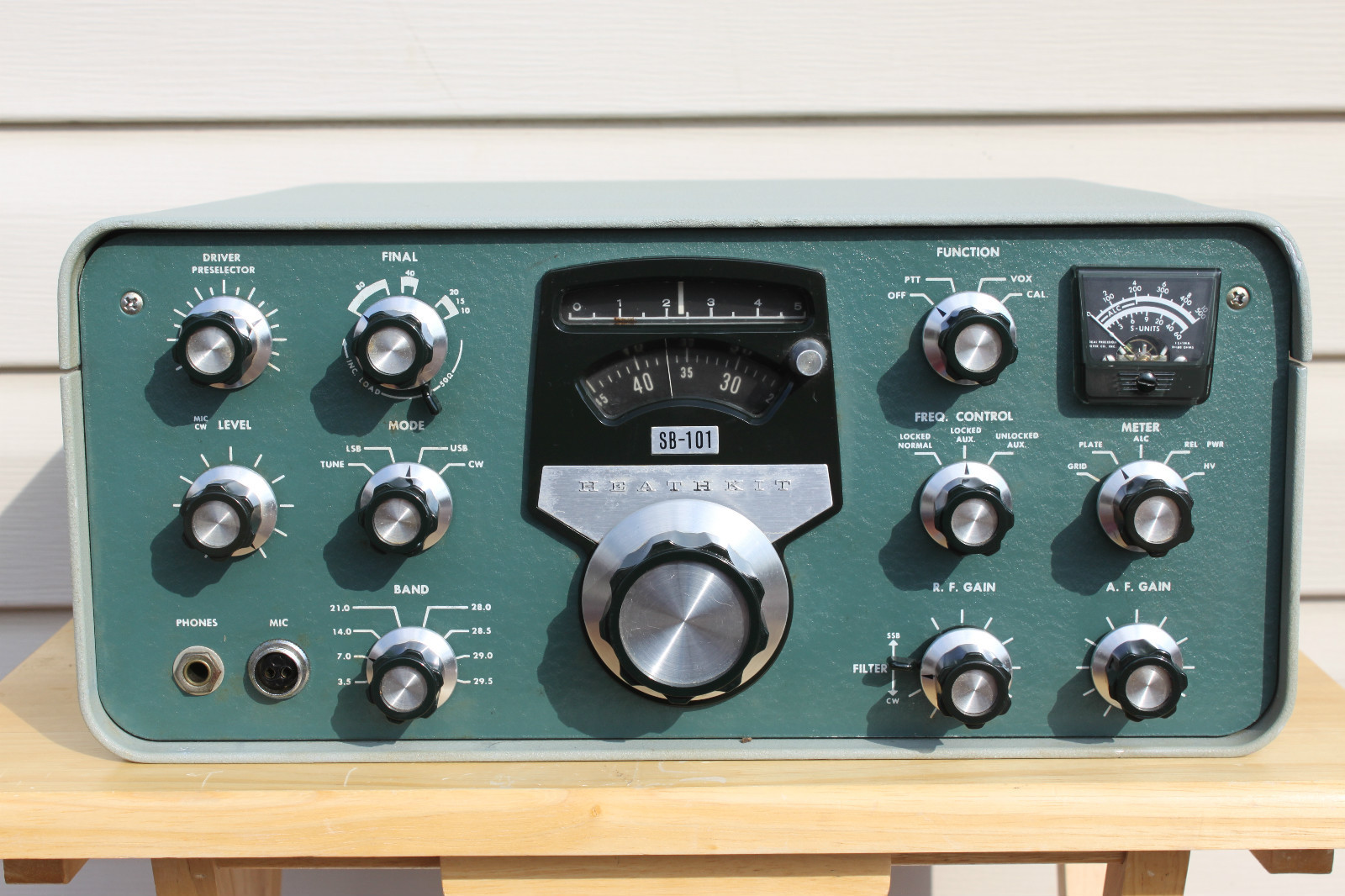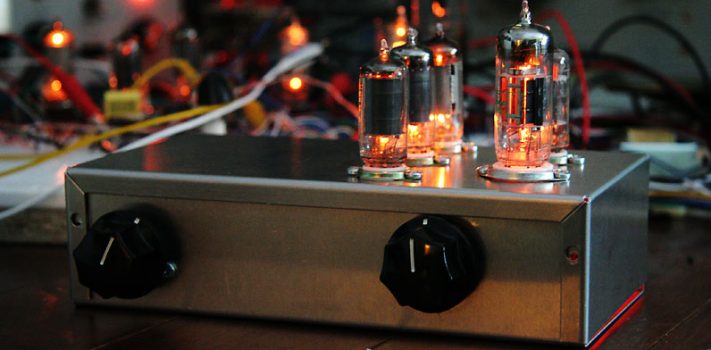Protecting Electronics in Metal Military Surplus Ammunition Cans- Part 1, by J.T.
In this multi-part article, I am sharing a better solution for protecting sensitive electronics stored in metal military surplus ammunition cans. There are many references for making a Faraday Cage on SurvivalBlog. Some references go back as far as 2005. One solution was proposed in 2006 that required the removal of the rubber gasket on ammo cans and replacing the seals with a conductive material (stainless steel or steel wool). Other articles suggested the use of a galvanized garbage can that is sealed up with conductive metallic tape, or an open head steel drum, or using an old microwave oven …

